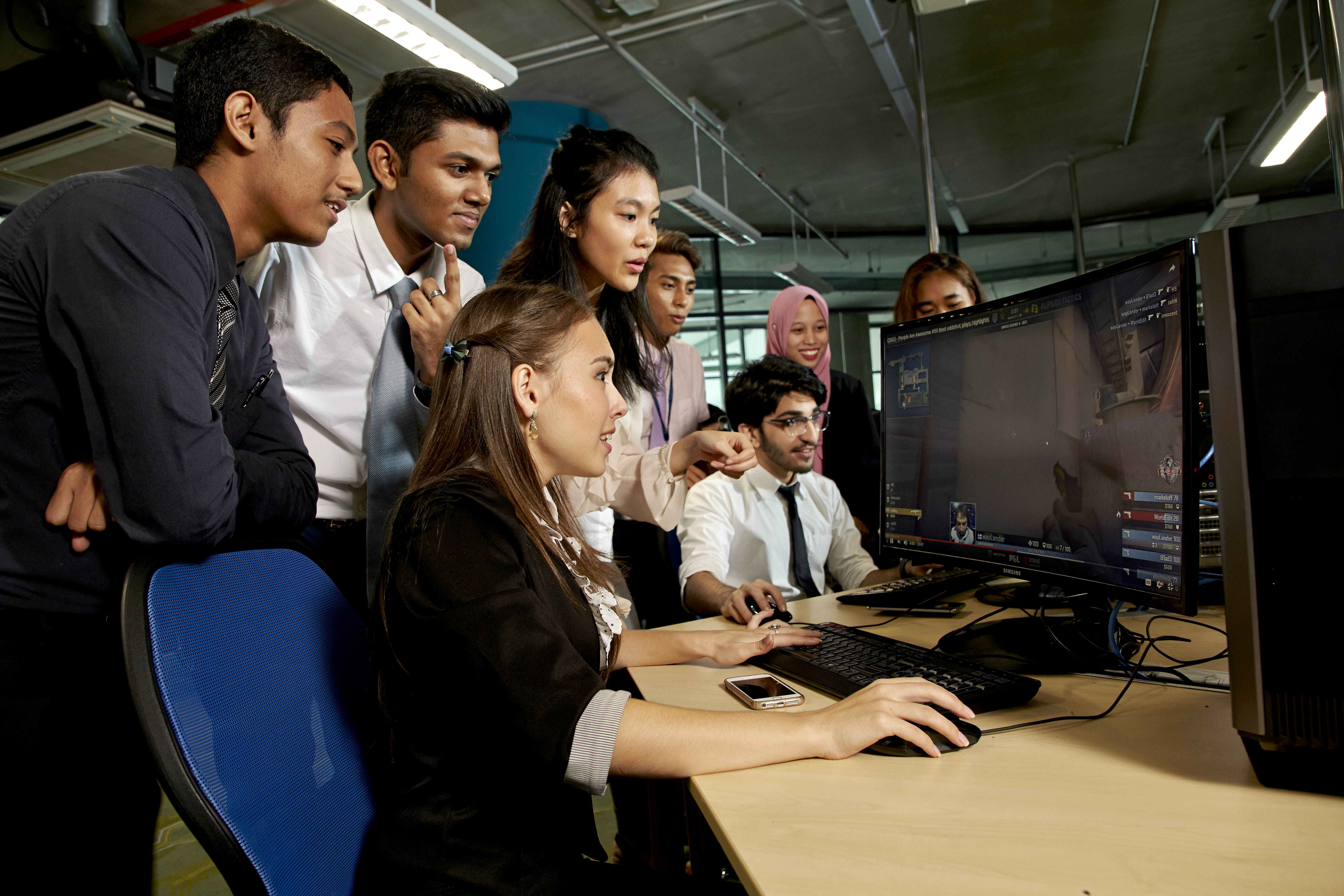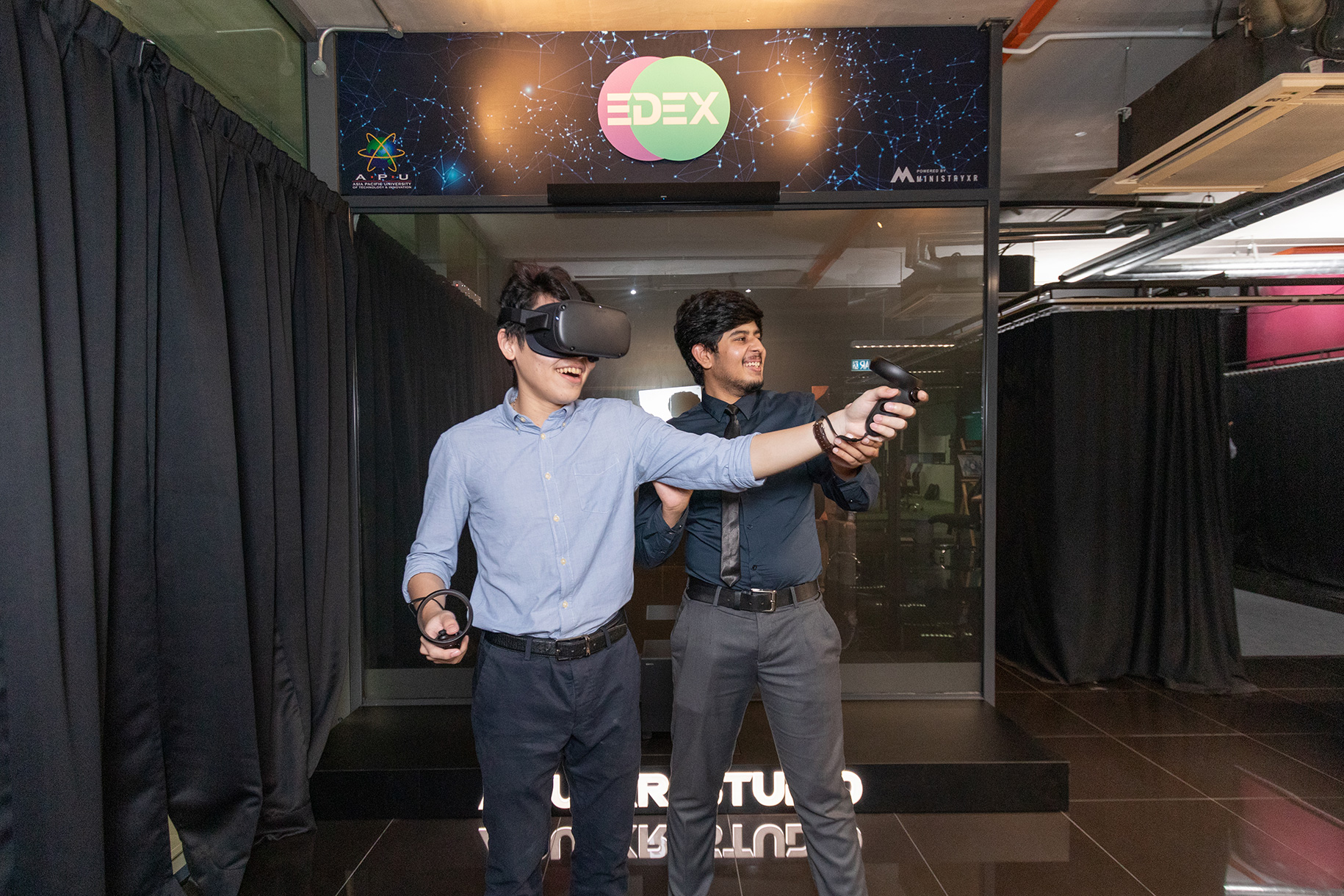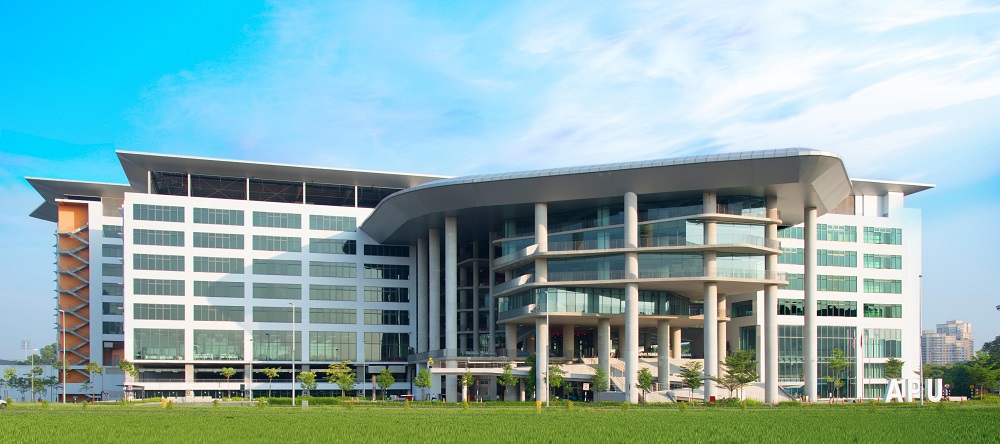You are here
Creativity, Education And Learning Beyond IR4.0

IN the face of rapid technological development, where the Malaysian digital economy is expected to contribute more than 25.5% to the nation’s gross domestic product (GDP) by 2025, tech visionaries are already forecasting the next revolution – the Fifth Industrial Revolution (IR 5.0), even though we merely started talking of IR 4.0 a few years ago.
Stepping into the era of IR 5.0, the tech world is embracing collaborative robot systems – Cobots. It is about integrating human efforts with smart technology. Humans will no longer be scared of robots but regard them as working partners.
In tandem with the emergence of the most disruptive technologies – 4D printing, quantum Internet, miniature AI, brain-computer interface, smart robots, neuromorphic hardware – there is a growing need to develop talents that can ride along with the wave of digital transformation.
Preparing and nurturing future-proof talents, therefore, requires constant review of the course curriculum as well as teaching and learning strategies.
“Creativity, undoubtedly, is a key graduate attribute for the 21st century,” stated APU vice-chancellor Prof Dr Ho Chin Kuan.
“Learning takes place everywhere, be it in the classroom, out of the classroom, and in cyberspace.
“We are no longer compartmentalising learning in specific spaces, rather, we adopt Teaching and Learning (T&L) strategies that encourage creativity.

By bringing APU students from multiple disciplines to solve a challenge, creative juices will start flowing when they are motivated by problems facing another discipline.
“Problem-based learning and project-based learning are two such strategies that emphasis knowledge discovery through exploration. This encourages the development of creativity,” Prof Ho elaborated.
According to him, creativity is the ability to produce original ideas and solutions that bring value. On the technology front, though there has been great progress in making computer programmes perform human-like tasks, yet, humans still have a distinctive edge in creativity.
“While algorithms typically learn from existing information, humans have an innate ability to think out of the box. Rather than compete, we expect that technology will augment our creative ability,” added Prof Ho.
Recently, a survey done by the World Economic Forum’s Global Agenda Council on the future of software and society showed that people expect AI machines to be part of a company’s board of directors by 2026.
This explains that while humans and machines are exploring a better way to work together, robots may help us go where we want to be faster, but they can’t be as creative as humans. Therefore, creativity will become one of the top three skills workers will need.
On the concrete ways to nurture creative graduates, Prof Ho opined, “We can bring together students from multiple disciplines to solve a challenge. Creative juices will start flowing when one is motivated by problems facing another discipline.
“Students should be encouraged to take part in competitions that embody real-world scenarios. Such an approach is called authentic learning – putting students in situations similar to what they will face in the workplace.”
 APU is adopting T&L that blends both guided learning and independent learning approaches to cultivating innovation and creativity in students. Here, students are experiencing mixed reality by putting on smart glasses in the XR Studio.
APU is adopting T&L that blends both guided learning and independent learning approaches to cultivating innovation and creativity in students. Here, students are experiencing mixed reality by putting on smart glasses in the XR Studio.
For this, APU’s T&L blends both guided learning and independent learning approaches, said Prof Ho, because independent learning gives space for students to explore and experiment with ideas, encouraging them to take responsibility for their learning.
Whereas, guided learning will ensure that energy and focus are spent in the right places.
With the above approaches, APU is fosters:
- students, who are full of creativity
- graduates, who can develop innovative solutions in a VUCA (volatile, uncertain, complex and ambiguous) world; and
- Talents, who are creating a new world and new era that is reciprocal of digitality and creativity.

APU, with its purpose-built iconic campus, is steadfast in preparing and nurturing future-proof talents, stepping into the era of IR 5.0.
The talent pipeline started at APU has been proven by the latest Annual Graduate Tracer Study by the Higher Education Ministry, which shows that 100% of APU graduates were employed upon graduation.
APU students also have the option to opt-in for the APU-DMU dual degree scheme, where they will receive two sets of degree certificates and transcripts upon graduation: one from APU (Malaysia) and another from the De Montfort University (United Kingdom).
With DMU’s history of over 150 years in providing higher education to students from around the globe, this collaboration provides the students with a global outlook and shapes them into global IR 5.0 citizens.
This article has been featured by The StarPicks:
https://www.thestar.com.my/starpicks/2022/07/06/creativity-education-and-learning-beyond-ir40


